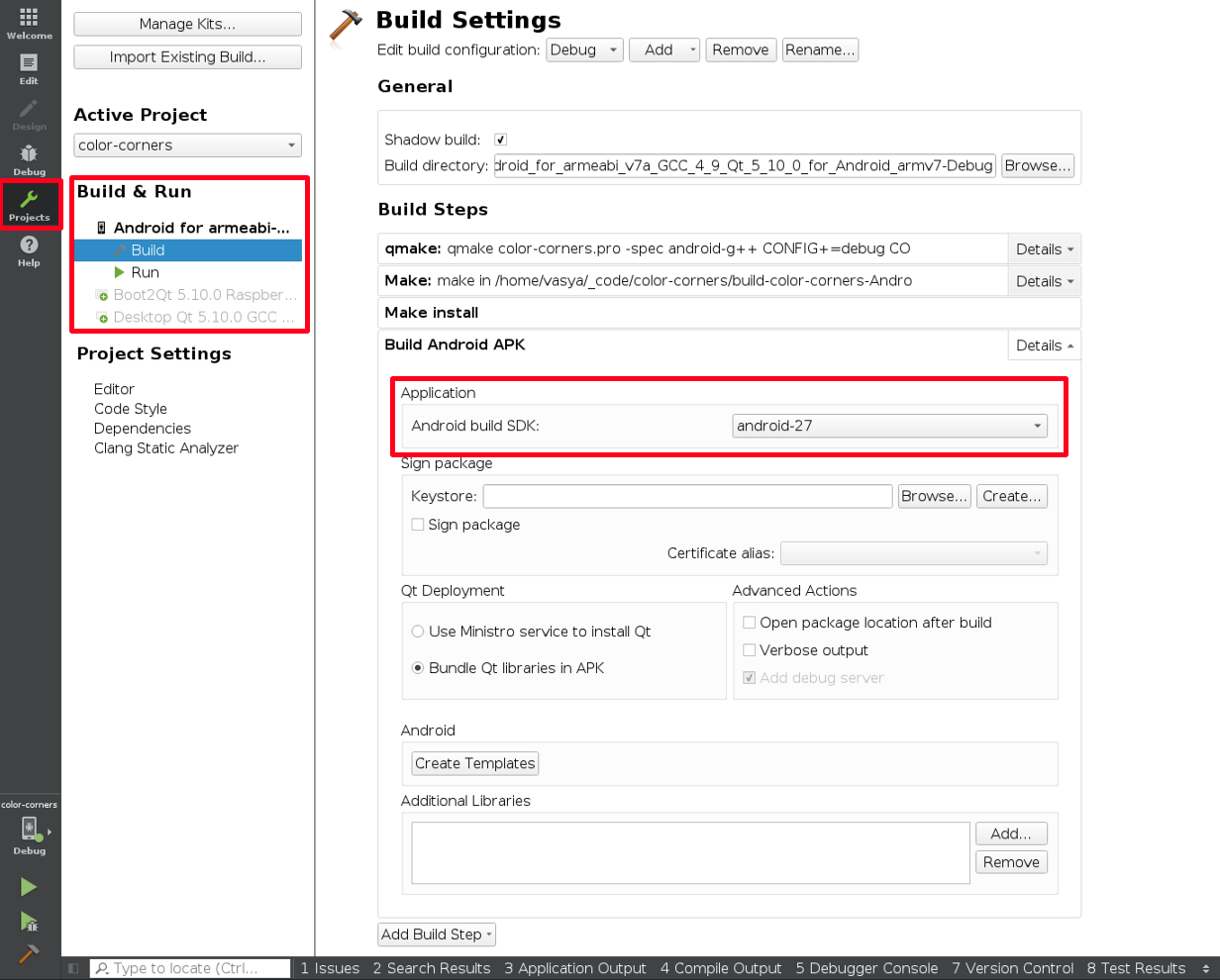

We don’t think a lot of users will make use of this, since users have to go some menu levels deep to get to the screen where the permissions can be changed, but it will be possible. When they grant or deny a permission in the system dialog inside the app, they can change it later if they change their mind. In Android Marshmallow users have the possibility to change the access of apps to these dangerous features anytime. When a device is upgraded from Lollipop to Marshmallow the granted dangerous permissions are remembered, so asking for permissions is not required for those apps. Also apps designed for Marshmallow handle the permissions the old way when running on older Android versions, such as Lollipop and KitKat, so your new apps also will work there. Of course old apps don’t have the logic yet that is needed to request those permissions, therefore old apps will continue to work the old way, even when running on Android Marshmallow. This way the more dangerous stand out and users now also have the possibility to use an app without granting some of these dangerous app permissions.

Permissions that aren’t dangerous are granted right away, so the user no longer has to consider those permissions. Examples of dangerous permissions are permissions that impact the users’ privacy such as access to their location or their contacts, or permissions that are related to actions that cost money such as telephony and SMS. Instead the app will no longer receive permissions that are considered “dangerous” directly after install, but the app has to ask the user to grant these permissions from inside the app the first time the user performs an operation which requires that permission. In the new situation the prompt when installing a new app in the Play Store is gone. Sometimes it is confusing upfront why an app needs a certain permission, because the user may not directly understand what you will use a certain permission for. When a user decides he doesn’t want to grant these permissions the complete installation is cancelled. We think this will greatly improve the control users have over their apps and also we think it will be easier for app developers to introduce new features.ĭon’t want to think about this? Get started with geofencing without a hassle!Īt the moment an app specifies the permissions it wants in their AndroidManifest.xml and then when a user wants to install the app from the Google Play store a prompt appears asking whether the user want to grant the app all these permissions or not. Users no longer get to see a long list of permissions when they’re installing an app, but they grant the permission when the functionality is actually used. Users will gain more control over what permissions are granted to an app. Starting from Android Marshmallow, version 6.0 of Android, there will be a change on how app permissions are handled.


 0 kommentar(er)
0 kommentar(er)
